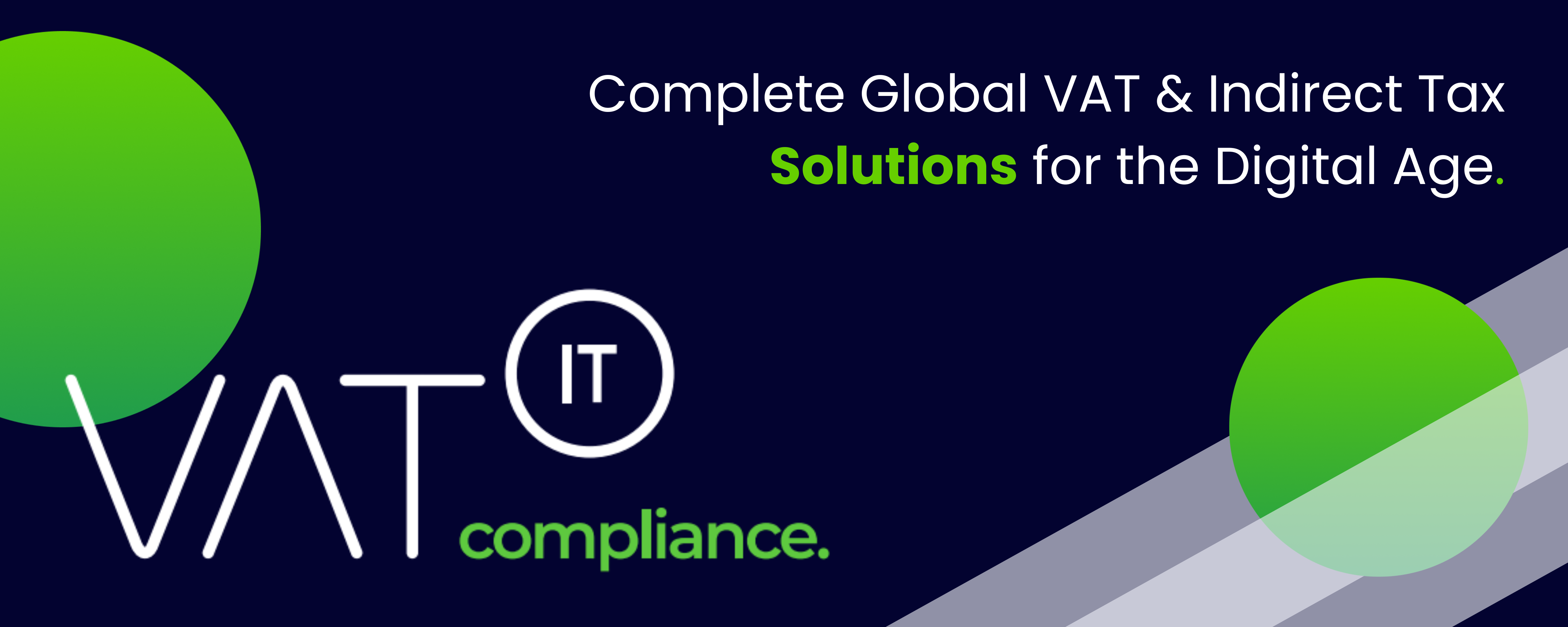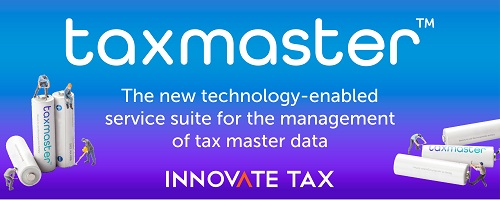- Local sales and income taxes generate 13% and 5% of local tax revenue, respectively, supplementing property taxes.
- Local income taxes are authorized in 16 states and the District of Columbia, with significant contributions in Kentucky, Maryland, and Ohio.
- Local sales taxes are imposed by 36 states and the District of Columbia, with high contributions in Alabama, Arkansas, Louisiana, and New Mexico.
- Only seven states, mostly in New England, do not impose either local income or sales taxes.
- Lack of uniformity in local income and sales taxes can lead to nonneutral tax systems and economically inefficient decisions by residents.
- Local tax rates for both income and sales taxes tend to increase over time, adding to the overall tax burden and benefiting wealthy jurisdictions.
- The paper analyzes the current local tax landscape, presents case studies, and offers tax design ideas to improve tax competitiveness.
- Sales taxes are generally less distortive and volatile than income taxes, but policymakers must consider their institutional environment and neighboring states’ tax climates.
- Property taxes remain the primary source of local revenue, generating about 72% of local tax collections.
- The paper provides a descriptive analysis of recent local tax data, discusses limitations of state-level analyses, and reviews the advantages and disadvantages of local income and sales taxes.
- It complements the Tax Foundation’s prior work on local taxes, including publications on property taxes, local income taxes, and state and local sales tax rates.
Source: taxfoundation.org
Note that this post was (partially) written with the help of AI. It is always useful to review the original source material, and where needed to obtain (local) advice from a specialist.
Latest Posts in "United States"
- Trickiest countries in which to achieve compliance
- Maine Changes Sales Tax Timing for Leases Under New Implementation Rule
- Illinois Eliminates State Grocery Sales Tax, Allows Local 1% Tax Options
- California Extends Sales Tax Exclusion for Energy Projects Until 2028
- Washington Expands Sales Tax to IT Services, Marketing, and Online Classes















